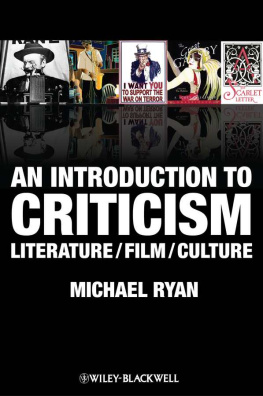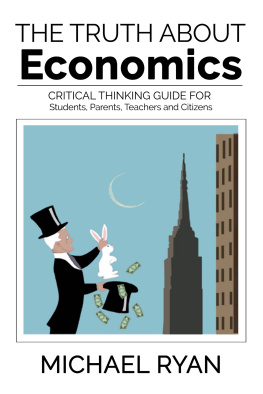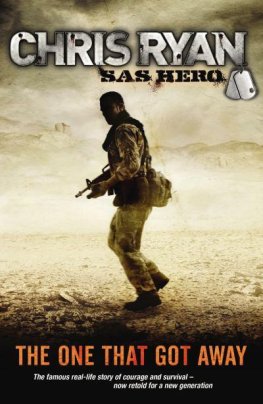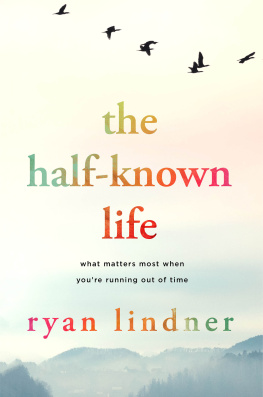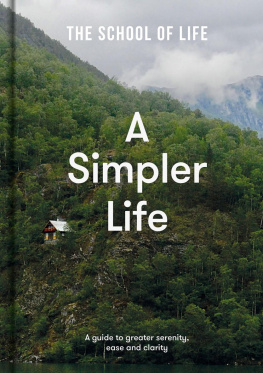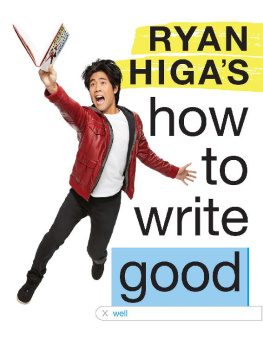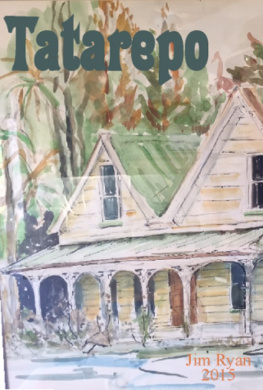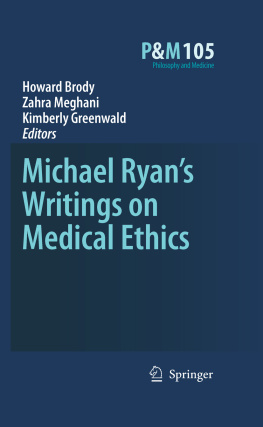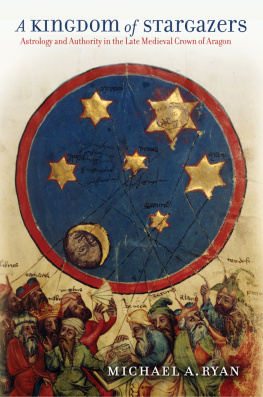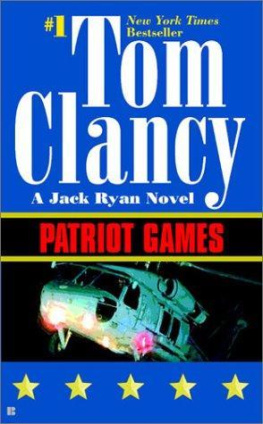MERCIER PRESS
3B Oak House, Bessboro Rd
Blackrock, Cork, Ireland.

www.mercierpress.ie

http://twitter.com/IrishPublisher

http://www.facebook.com/mercier.press
Text: Michael Ryan, 2018
Introduction and Epilogue: Pdraig Yeates, 2018
ISBN: 978 1 78117 518 7
Epub ISBN: 978 1 78117 519 4
Mobi ISBN: 978 1 78117 520 0
This eBook is copyright material and must not be copied, reproduced, transferred, distributed, leased, licensed or publicly performed or used in any way except as specifically permitted in writing by the publishers, as allowed under the terms and conditions under which it was purchased or as strictly permitted by applicable copyright law. Any unauthorised distribution or use of this text may be a direct infringement of the authors and publishers rights and those responsible may be liable in law accordingly.
Dedication
To my mother, who was always involved in fighting for the rights of her community and neighbours, and quietly supported me through all the tough times; to my father, who always felt passionately about social issues and suffered greatly; to Anjo, my wife of thirty-eight years, who supported me through good times and bad, and continues to care for me; and to all the brave men and women who took great risks and made great sacrifices in the cause of freedom.
Acknowledgements
This book is based on my own recollections of a period now long past and of experiences I shared with many people, some of whom are no longer with us. They include friends and comrades such as Nicky Boggan, the Collins family in Navan, Cathal Goulding, John Hobden, Toms Mac Giolla, Proinsias McAirt, Jack McCabe, Dan Moore, Charlie Murphy, Tommy Nixon, Ruair Brdaigh, Eamonn Murch, Redmond OSullivan, Seamus Tuathail, Tommy Smith, Leo Steenson, Pdraig Snodaigh, the lads in Knockatallon, north Monaghan, Sean Keane of Milwaukee, the Prendiville family in San Francisco, Seamus Collins and the late, great Dick Walsh of The Irish Times. I also wish to express my gratitude to my other friends around the country whose names are too numerous to mention and still support our struggle for a better Ireland. I would like to thank Brian Hanley and Scott Millar for their research and work on The Lost Revolution, which helped revive my own memories; Pdraig Yeates, long-time friend and comrade, without whom this book would not have been sorted; and the Mercier team for advice and help in preparing it for publication.
Introduction
Pdraig Yeates
This is a memoir of growing up in Dublin in the 1940s and 1950s, and of the authors subsequent involvement in the IRA border campaign of 1956 to 1962. It is a tale of times past and things that happened rather than an explanation of why they happened. It is a testament, not an apologia. The author has recalled people and events as honestly as recollection allows because they are important to him and to a dwindling band of comrades who participated in that campaign. They also had a bearing on subsequent events, especially in the North of Ireland, a few years later.
Mick Ryan grew up in East Wall, Dublin, a working-class community permeated by the history of Irelands struggle for independence. As a boy his father had been one of the many civilians injured in the Easter Rising and his first teacher at St Laurence OTooles National School, otherwise known as Larriers, was Frank Cahill, a member of the Irish Citizen Army and 1916 veteran. According to the author, Cahill was one of only two teachers he encountered there who had a natural sense of culture, or the gentleness that comes from a strong and generous spirit. This is one of many pen portraits of contemporaries provided by the author that are, largely, sympathetic and judicious.
What makes this book of particular interest to students of modern Ireland, the Republican movement and the still largely neglected history of the 1950s and early 1960s, is that the author was one of a handful of IRA volunteers to serve in the border campaign from beginning to end, his service only broken by two relatively brief periods of imprisonment. It is a story of suffering, hardship, frustration and constant disappointment that will leave some readers wondering why anyone would become involved in such a patently hopeless cause and, even more so, why these volunteers persisted when defeat loomed from an early stage.
But the author and his comrades were different from the vast majority of their contemporaries. They regarded the objectives of 1916 not as pious aspirations but as a bequest from previous generations of revolutionaries that provided them with the opportunity to give meaning to their own lives. Mick Ryan had a deep sense of regret that he had not been born early enough to participate in the Easter Rising and the subsequent struggle for independence. For him and his comrades to give up would have been a form of self-betrayal akin to the loss of a vocation among his more religiously inclined contemporaries. Even many who lost faith in the successful outcome of the border campaign still believed in what, to them, was the self-evident justice of their cause.
His story also provides glimpses of a society on the brink of change, albeit one that was still weighed down by poverty, superstition and social deference. Life in East Wall was hard, yet it was harder on the border, where the homes of many of the movements supporters were still lit by oil lamps, water was drawn from a well, and the farmers dole, poitn making and smuggling bridged the gap between living in poverty and not living at all. They felt no affinity to the Free State and their hopes of a better life rested with the yet-to-be-realised Irish Republic. As Mick Ryan remarks, the nature of that republic was rarely discussed. That they believed it would be better than what they had was essentially an act of faith.
Note on IRA structures: An army convention was a meeting of the supreme governing body of the IRA, composed of delegates representing its constituent units, where policy was determined and an Army Executive of twelve members was elected. The Executive appointed an Army Council of seven, usually, but not exclusively, drawn from within its own ranks. The Army Council was charged with implementing the policy of the organisation between conventions. It was appointed in this way to protect the identities and positions held by members of the Army Council. The Army Executive retained a power of oversight. It could convene another army convention when it deemed it necessary.
Catholics and Protestants: In this book Catholics and Protestants are regarded as largely synonymous with nationalists and unionists respectively in the 1950s and 1960s. While there were many exceptions to this general rule, most Catholics living in the areas where Mick Ryan operated were deeply alienated from the unionist-controlled government in Stormont. Whether or not they shared the authors republican outlook, they were sympathetic to his cause, as this narrative clearly shows.
1
A Dublin Childhood,
193650
My mother was a native of Oldcastle, Co. Meath, but it was a place I seldom visited in my youth. It was Killary in Co. Meath, the birthplace of my maternal great-grandmother, and Collon in Co. Louth, the home of my maternal grandfather, where my siblings and I spent almost every summer holiday.



 www.mercierpress.ie
www.mercierpress.ie http://twitter.com/IrishPublisher
http://twitter.com/IrishPublisher http://www.facebook.com/mercier.press
http://www.facebook.com/mercier.press
